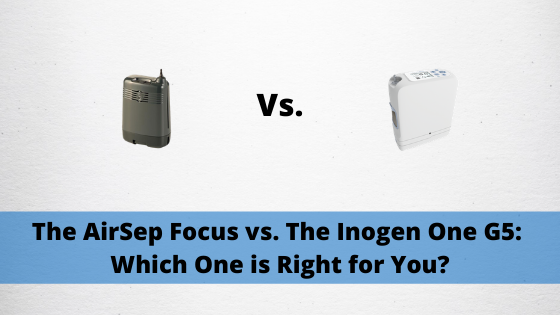Respiratory Resource Center - LPT Medical
A History of Inogen Portable Oxygen Concentrators
Oxygen is a colorless and odorless gas that is...
Read MoreThe AirSep Focus vs. The Inogen One G5: Which One is Right for You?
Medical oxygen is a necessity for patients with COPD,...
Read MoreIntroducing the New CAIRE Freestyle Comfort Portable Oxygen Concentrator
We love getting new products here at LPT Medical....
Read More


